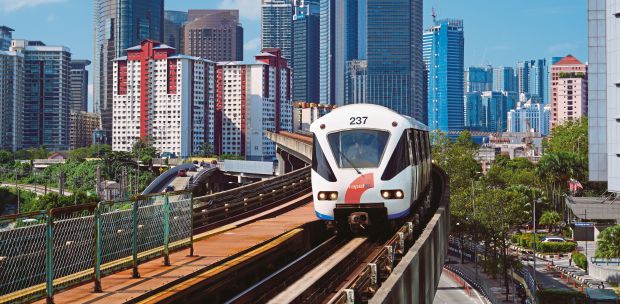LETTERS: Johor Baru is among the top five largest cities in Malaysia with a population of more than 1.7 million people.
The size of Johor Baru is 1,064 square km. In 2021, Johor's gross domestic product (GDP) grew 2.4 per cent to RM131.1 billion compared with RM128 billion in 2020.
But there is no Light Rail Transit (LRT) or Mass Rail Transit (MRT) in Johor Baru. It means, generally speaking, public transportation is lacking and needs strengthening.
For example, from Universiti Teknologi Malaysia (UTM) to Larkin station, students have to walk 30 minutes or take Grab to the bus station of Skudai Secondary School before one can take the bus to Larkin.
For UTM students in Johor Baru, without a car, it is really difficult to move around.
Not only that, Pasir Gudang is one of the most congested roads in Johor as it is jammed almost every morning, especially if it rains.
During the morning peak hour, a short 11km journey takes 30 to 40 minutes, but during the rainy season, it takes 40 to 50 minutes. Office workers experience this congestion the most.
Therefore, it is good news that the Johor government has started paying attention to this problem and looking to develop the Johor Baru Light Rail Transit (JB-LRT) to overcome congestion and to integrate the transportation system in the city centre.
The LRT will not only benefit workers, students and residents but will also bring additional benefits to sectors like tourism.
One of the most significant benefits of the LRT is the impact on "improved land" value in the form of residential property value.
The LRT will increase a property's accessibility to activity centres and increase the allure of areas close to transit stations.
It is hoped that the state and federal governments will move to make this transport system a reality.
WONG PUI YUN
Faculty of Business & Communication,
Universiti Malaysia Perlis
The views expressed in this article are the author's own and do not necessarily reflect those of the New Straits Times





